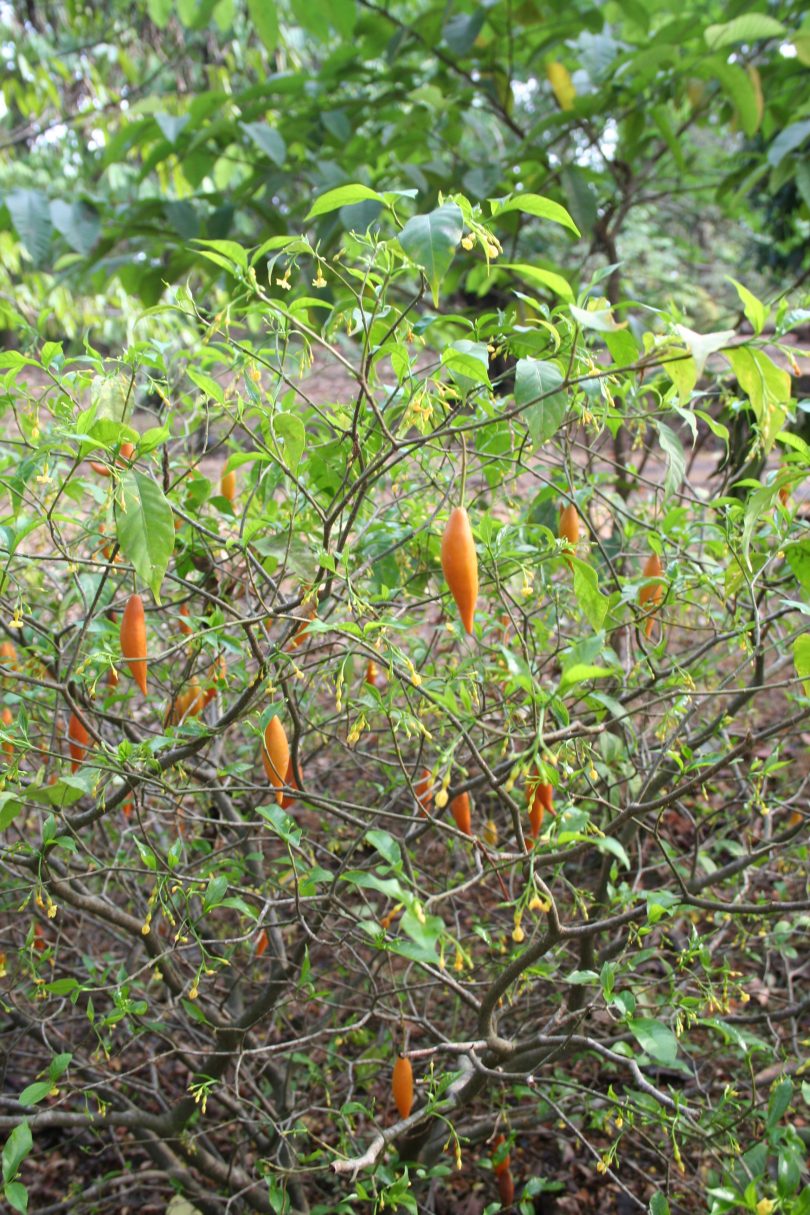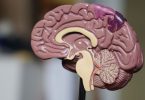Native to the rainforests of Central Africa, the Iboga is a long-lasting shrub commonly used in rituals and ceremonies in some African cultures. The root bark of the plant contains ibogaine, a chemical that naturally occurs in plants that are family of the Apocynaceae – such as the Iboga.
What Does the Shrub Look Like?
The evergreen Iboga shrub is most at home in tropical forests, explaining why it prefers moist soil in partial shade. The shrub can commonly be identified by its dark green leaves, adorned with white tubular flowers, and its yellow-orange fruit resembling olives, which hang from the erect stem.
Traditional Use
In some African cultures, the Iboga shrub plays an important part in ceremonial rituals. The alkaloid found in the shrub’s bark has a stimulant effect, which was traditionally used in low doses for alertness while hunting. Today, extractions from the Iboga shrub are often used to induce hallucinations and near-death experiences.
Iboga’s Chemical Characteristics
González et al. (2016) explain that indole alkaloids make up 6% of the Iboga root’s chemical composition, including the following substances [1]:
- Ibogaine: a hallucinogenic compound that may be used as treatment for a cocaine addiction. Ibogaine is found in low concentrations in root bark, limiting its availability for clinical applications. Continued exploitation of the plant has thus caused its unavailability to West African cultures.
- Ibogamine: an anticonvulsant, anti-addictive central nervous system stimulant.
- Noribogaine: the principal psychoactive metabolite of ibogaine.
- Voacangine: an alkaloid found in plants such as the Iboga. Voacangine is found in higher concentrations in stem and root barks than ibogaine. Because of its greater availability, voacangine better enables commercial ibogaine preparation, as voacangine can be chemically transformed to ibogaine.
- 18-Methoxycoronaridine: a derivative of ibogaine.
The Medicinal Properties of Iboga
Iboga has demonstrated significant promise for treating addiction. González et al reported that “As found in anecdotal reports and observational studies, ibogaine reduces withdrawal symptoms and cravings to drugs of abuse such as heroin and cocaine. These effects were also found in extensive preclinical work in rodents’ models for SUD [substance use disorder] (such as self-administration and withdrawal paradigms).” [1] Ibogaine has also shown anti-depressive properties in a murine model. [2]
Is Iboga Legal in the U.S.?
According to WebMD, Iboga is illegal in America. Although some people use the root to combat withdrawal from drugs such as heroin and morphine, the root is still considered dangerous for human consumption and use. Ibogaine is classified as a schedule I drug but the plant is unscheduled. Iboga is also either outlawed or restricted in Croatia, Belgium, Denmark, Poland, Sweden, Switzerland and France.
Reference
[1] González B, Fagúndez C, Peixoto de Abreu Lima A, et al. Efficient access to the iboga skeleton: Optimized procedure to obtain voacangine from Voacanga africana root bark. ACS Omega. 2021;6(26):16755-16762. [journal impact factor = 3.512; times cited = 2][2] Rodríguez P, Urbanavicius J, Prieto JP, Fabius S, Reyes AL, et al. (2020). A single administration of the atypical psychedelic ibogaine or its metabolite noribogaine induces an antidepressant-like effect in rats. ACS Chemical Neuroscience. 2020;11(11) [journal impact factor = 4.418; times cited = 3]








